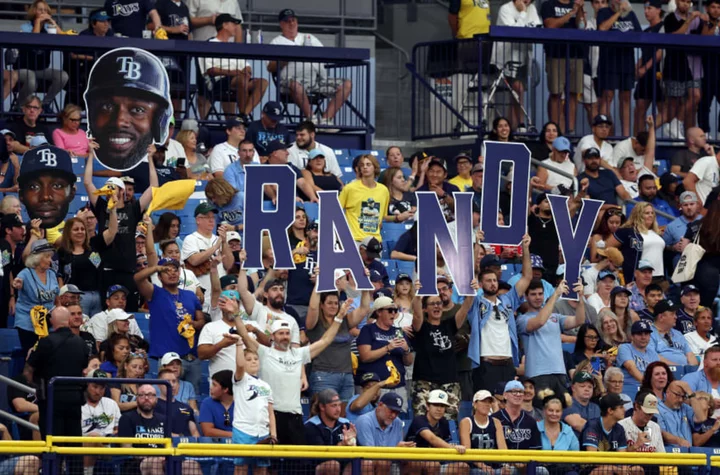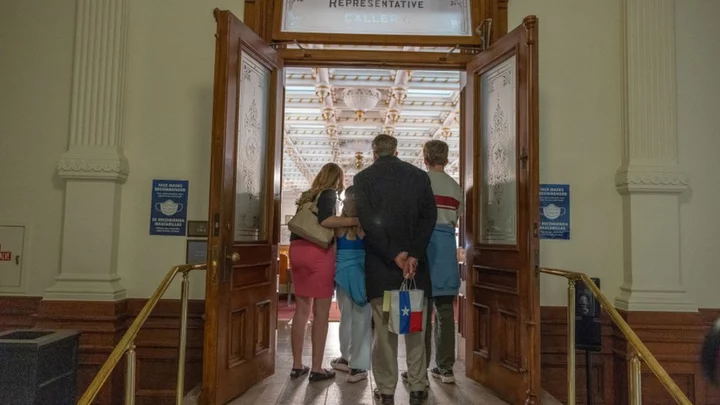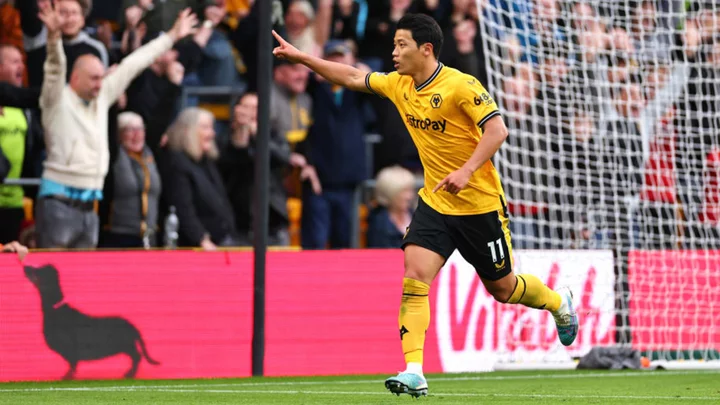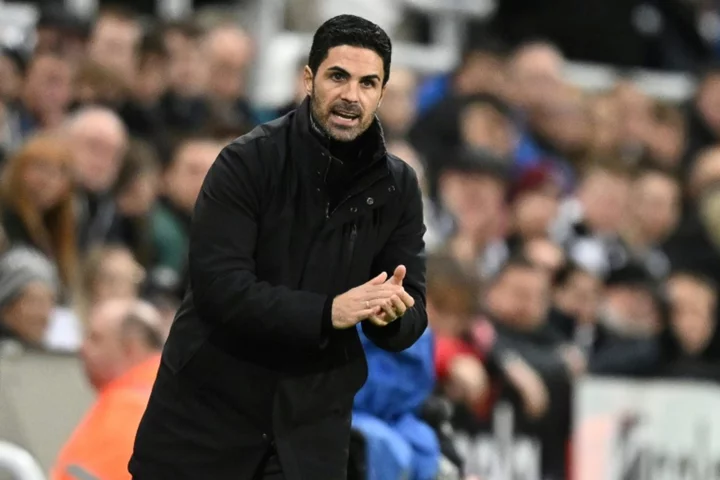During the 2023 postseason, the Tampa Bay Rays and their fans set a new low in attendance not seen since 1919. Despite them constantly being contenders, they never attract fans to the stadium.
The Rays announced a new $1.3 billion stadium, with the team covering most of the cost while the city and county would split the remaining $600 million. But now, a Tampa Bay Times report suggests the public could pay nearly double that amount once all the debt is paid off due to interest rates on the loans.
To afford the new stadium, local prices for everything will skyrocket, including tickets, merchandise, and taxes. The Rays are hoping this new stadium can boost attendance, but Florida is not a baseball state, and that has been shown with both the Marlins and Rays in 2023, who both made the postseason but ranked bottom five in attendance.
New Rays stadium will cost Tampa more than initially revealed
The city said it would pay $287.5 million toward the new stadium costs, and it would contribute that money by issuing bonds to investors in multiple offerings. They plan to finish paying off the debt with interest in 2054, but as seen with the Chicago Bears, it likely could take decades longer to pay off the loan amount, if they ever pay it off at all. In total, they project that $507.3 million will be contributed to the stadium cost.
The city also said it would spend up to $130 million towards redeveloping the local district around the new stadium in hopes of attracting new fans. They will take out four bonds between 2024 and 2035 but will not stop paying off the bonds until 2055, costing $196.6 million.
Between both of those bonds, they would cost the city $703.9 million, with a 4.75 percent interest rate, which is quite high due to interest-rate hikes. The county will also put $312.5 million into the stadium and will take out only one bond in 2024, and by the time they are done paying it off, it will cost $586.8 million.
The stadium is set to cost $1.3 billion, but when it's all done with, at best, the city and county will be left with a bill of $1.29 billion. This stadium deal is like flipping a coin; it would either boost the local economy and be one of the best deals, or it could cripple the local economy with impossible-to-pay-off debt.









